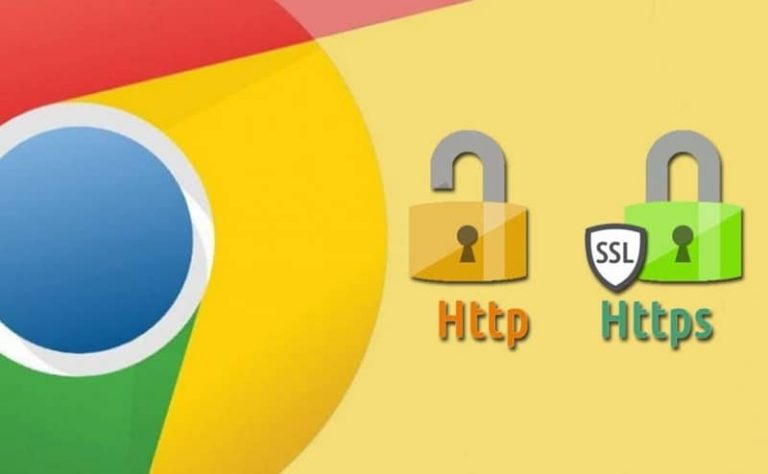
A month or so back we follow the lead of nearly everyone in the digital world by discussing the Bitcoin phenomenon. Since then the rabidness of interest in Bitcoin has waned somewhat, and while that’s to be expected it is still is a representation of the new frontier of digital currencies and still a worthy topic of discussion. Yes, it’s not going to be the ‘get-rich-quick’ investment opportunity many thought it would be, but it’s safe to assume that it will be a legitimate player in the e-commerce world eventually. Here at 4GoodHosting, we follow the lead of any good Canadian web hosting provider by keeping our customers up to date on trends that will be of interest to them. It’s safe for us to assume that many of you will have an interest in the development of cryptocurrencies, and some still may want to actually get off the sidelines and get into the game. So, for those of you who are interested in ‘mining’ bitcoin as the verb goes, let’s discuss exactly what you’ll need to do. This is an easy to follow, step-by-step tutorial to get you started with 5 steps; choosing your mining software, acquiring a Bitcoin wallet, getting in on a Bitcoin mining pool, purchasing with your Bitcoin, and then verifying Bitcoin transactions. What Kind of ‘Mining’ is This? Bitcoin mining involves a software process where Bitcoin is earned depending on what you do. It’s referred to as ‘mining’ because the process associated with acquiring it is quite similar - figuratively - to what you’d do to try and find gold or another precious metal in the earth. Sometimes you dig or pan in the right place, most of the time you don’t. First and foremost you need to understand that you exchange processing power for this cryptocurrency. Your computer is used to mine Bitcoins, but understand that there are a limited number of Bitcoins available to be mined. Of a total of 21 million bitcoins, it’s currently estimated that there are a little over 4 million left to be claimed. Yes, the early birds have got most of the worms. Your mined bitcoins are then...














